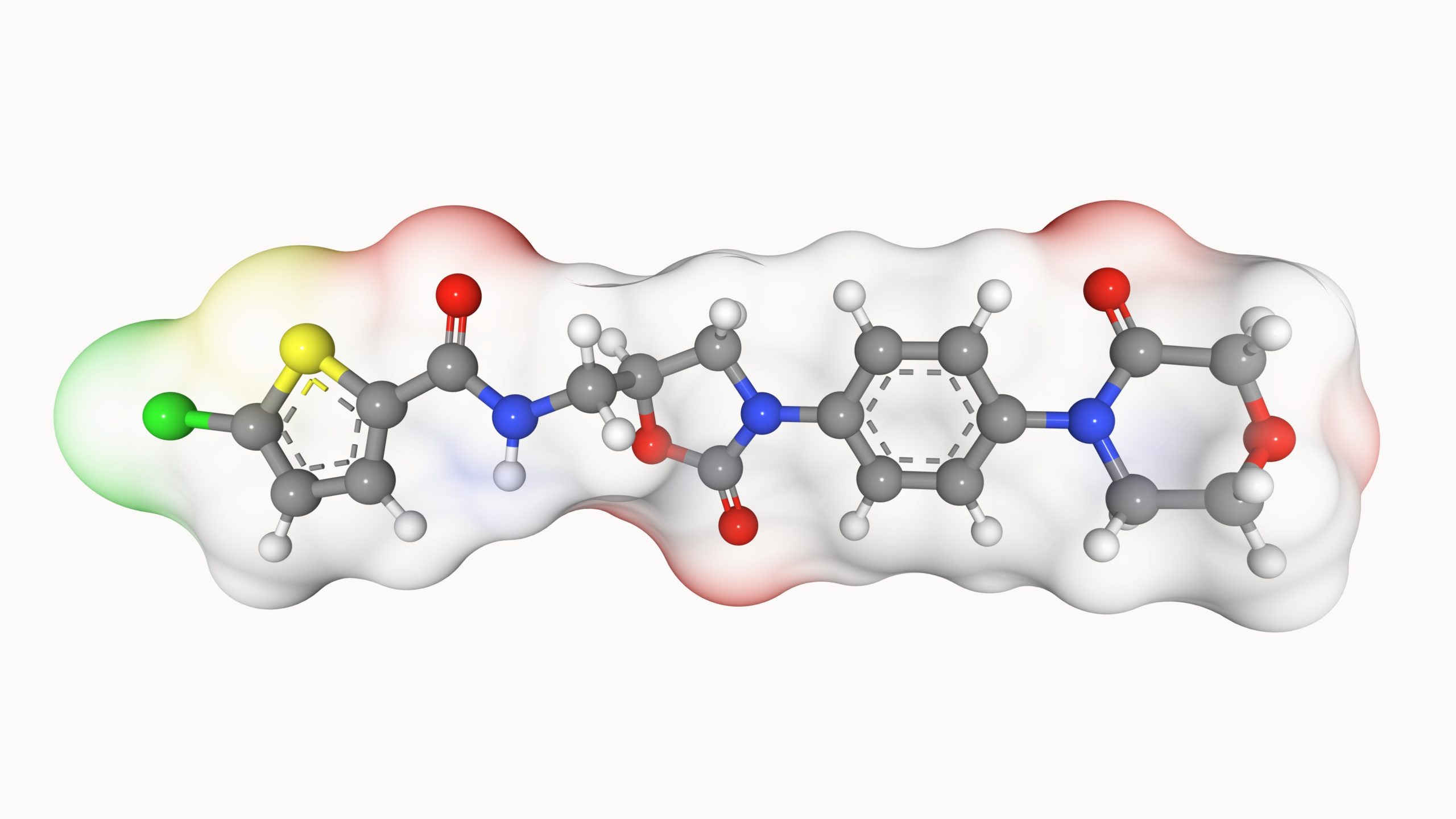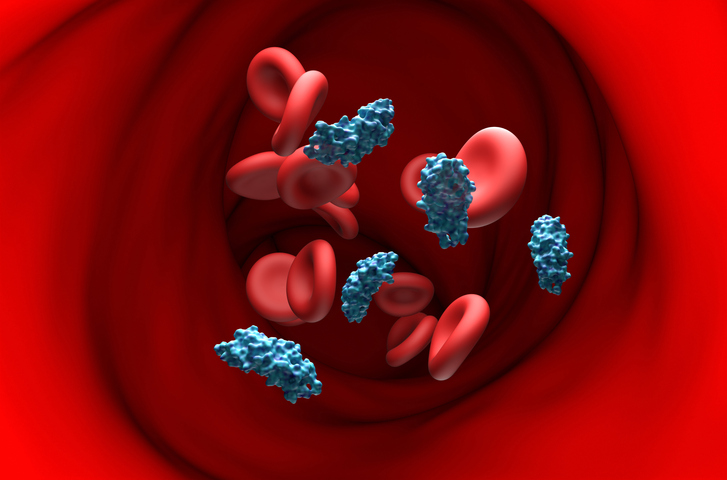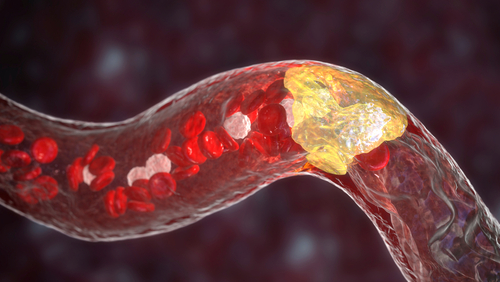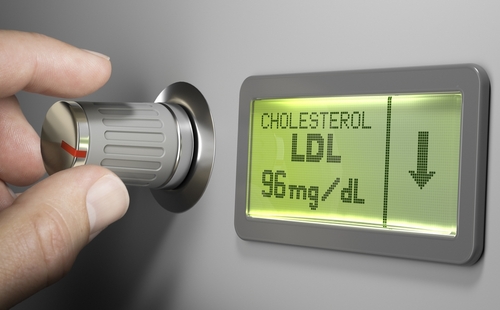
In a report published in Clinical Cardiology, researchers examined the safety and efficacy of rivaroxaban compared with a placebo in patients with peripheral artery disease (PAD) who underwent surgical lower extremity revascularization (LER). The study’s lead author, Marc Bonaca, wrote that rivaroxaban plus aspirin significantly reduced ischemic outcomes in patients with PAD after LER.
The investigators noted that, “although no formal head-to-head comparison exists, in a similar population and for similar outcomes, this regimen demonstrated benefit where trials of [dual antiplatelet therapy (DAPT)] were neutral. These data suggest that factor Xa inhibition may provide specific benefits in this population and that DAPT should not be considered a proven substitution.”
Rivaroxaban in PAD After LER Improves Ischemic Outcomes
This study was a post-hoc analysis of patients with PAD who underwent surgical LER in the VOYAGER-PAD trial, which showed rivaroxaban and aspirin reduced acute limb ischemia, major amputation, myocardial infarction, stroke, and cardiovascular death, but increased bleeding compared with aspirin alone.
Bonaca and colleagues explored a “CASPAR-like” composite outcome of acute limb ischemia, unplanned index limb revascularization, amputation, or cardiovascular death in 2185 patients with PAD who received rivaroxaban and aspirin after LER.
Reportedly, treatment with rivaroxaban reduced the CASPAR endpoint at both 1 year (hazard ratio [HR], 0.76; 95% CI, 0.62-0.95; P=.0133) and 3 years (HR, 0.84; 95% CI, 0.71-1.00; P=.0461), with a placebo rate of 38.5 per 100 patient years. Authors added that rivaroxaban yielded an absolute reduction of 6.5 events per 100 patients years, which corresponded to a number needed to treat of 16 patients at 3 years.
Related: Rivaroxaban in Combination with Antiplatelet Therapy in AF with CAD
The study’s findings were inherently limited by its cross-trial comparisons and post-hoc exploratory design. “In this light the data should be viewed as a post hoc analysis within VOYAGER PAD to demonstrate consistency of benefit rather than a direct trial comparison,” the report qualified.
Ultimately, the researchers presented their findings to contribute to ongoing debates on DAPT versus rivaroxaban. They emphasized that rivaroxaban demonstrated benefits where DAPT did not. “Therefore,” they concluded, “in the near term for patients with PAD after LER, a strategy that incorporates rivaroxaban 2.5 mg has the strongest evidence for event reduction.”
Browse More Research on the Atherosclerotic Disease Knowledge Hub







 © 2025 Mashup Media, LLC, a Formedics Property. All Rights Reserved.
© 2025 Mashup Media, LLC, a Formedics Property. All Rights Reserved.